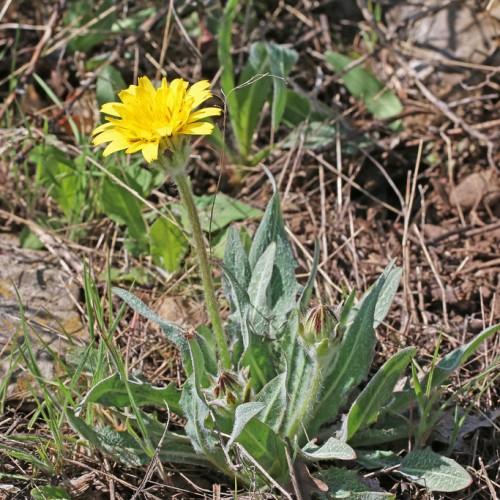
Pale Agoseris
Agoseris glauca
Watering:
Frequent
Hardiness Zone:
Sun:
full sun,part shade
Leaf:
Yes
Growth Rate:
Low
Drought Tolerant:
Yes
Care Level:
Medium
watering
Nettle-Leaved Giant Hyssop should be watered deeply, allowing the soil to become evenly moist throughout. Ideally, they should be watered twice a week in the summer months and once a week for the remainder of the year. When watering, avoid getting the foliage wet, as this can cause leaf spots or other diseases. Additionally, be sure to water in the mornings and provide no more water than what the soil can absorb. Finally, do your best to avoid overwatering, as it can lead to root rot.
sunlight
Nettle-Leaved Giant Hyssop (Agastache urticifolia) grows best in full sun, meaning they need at least 6 hours of direct sunlight per day. It is best for this plant species to receive full sun in the morning and as its flowering tends to last until mid-autumn, afternoon shade or filtered sun will help to extend its bloom period. Any less than 6 hours of direct light can cause the flower spikes to be weaker and less frequent. Also, prolonged exposure to direct sunlight during the hottest part of the day (usually the late afternoon) can cause the leaves to wilt and brown.
pruning
Nettle-Leaved Giant Hyssop can be pruned in late spring or early summer after flowering. Pruning should be done to remove old, woody stems and encourage new growth. Generally, no more than 1 third to 1 half of the top of the plant should be removed. It's also important to prune back any stems that have become too tall for their location in order to maintain an attractive shape. Prune in a way that will keep an attractive shape to the plant, making sure to remove any dead or dying branches.
